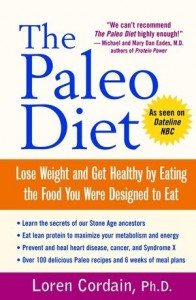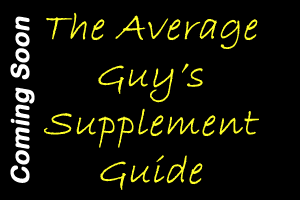
When trying to grow many people forget the most important element. They hit the gym and train hard. They get rest. They just don't eat enough. They may even think they are eating enough, but they are missing the boat. Below are 5 tips for eating to get big. Enjoy!
Calories for Muscle
Eating the right number of calories is essential for getting big. When determining how many calories you should be eating will depend on several things. You need to consider your activity level, level of stress and time available. A simple way to determine the number of calories you need to grow is to multiply your weight by 20 calories per pound. This means a 150 pound man would need 3000 calories. You then need to realize that in order to grow you will need 2 grams of protein per pound of body weight. That amounts to 300 grams of protein a day which equates to 1200 calories. That means the other 1800 is distributed between carbohydrates and fats.
Time Your Carbohydrate Intake
Carbohydrates provide energy to your muscles. Adding some carbs right before and right after your workouts will give you an edge when trying to get bigger. Have a cup of white rice prior to training then hit the gym very hard. When you are done working out have another cup of white rice. Your muscles will be primed to use the carbs for growth.
Have Daily Cheat Meals
The cheat meal is frowned upon by many and I used to be one of those. After all, why eat junk food when you have been eating clean all day long? Won't it add instant fat to your body? That's what people are afraid of, but it doesn't happen. Train as hard as you can and you are able to have a cheat meal daily. The daily cheat meal will help you hit the high calorie goal. It will help with your leptin levels which aids in burning fat.
Protein and Complex Carbohydrates Every Meal
Keep your muscles fed with a constant supply of protein and complex carbohydrates. Good sources of complex carbohydrates would be brown rice, oatmeal, and sweet potato. As for good protein sources, you can eat chicken, fish, lean beef and whey protein.
Supplement Properly
Glutamine is an essential supplement when trying to gain size. It helps with recovery and faster recovery means more intense training. Branch Chain Amino Acids (BCAA) are also essential. The two combined will help your muscles to grow.
Conclusion for Muscle Growth Nutrition
Building muscle requires the right nutrition. Follow these 5 tips consistently you will start to see massive changes in your body. Let me know what your own tips are below.




